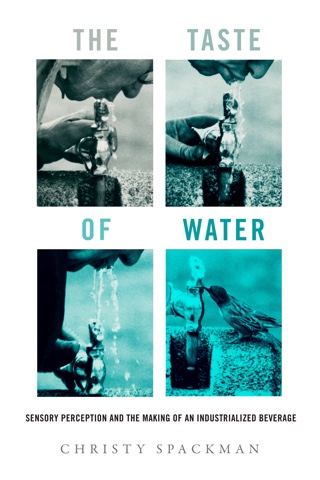
 Water is tricky stuff. It can be limpid and clear but dangerous, home to harmful bacteria and parasites. It can be murky, but perfectly safe to drink. It may smell of chlorine, which puts people off, but perversely that is a sign that no bacteria are present.
Water is tricky stuff. It can be limpid and clear but dangerous, home to harmful bacteria and parasites. It can be murky, but perfectly safe to drink. It may smell of chlorine, which puts people off, but perversely that is a sign that no bacteria are present.
So how do we judge the quality of water? That’s the subject of a new book — The Taste of Water — by Christy Spackman at Arizona State University. She looks at the history of water purification and efforts to understand the complex interplay between the quality of water from a public health standpoint and the sensory perceptions that people use (or don’t use) to decide whether they trust it.
Notes
- The Taste of Water: Sensory Perception and the Making of an Industrialized Beverage is published by University of California Press. Christy Spackman’s website offers insights into her work.
- Wichita Falls, the town in Texas that used recycled water to cope with drought, is proud of its water purification. Scientific American had an article about the project.
- Lithium in spa waters? Yes! See Lithium with your tonic, Sir? in the magazine of the Geological Society of London.
- Here is the transcript.
- Banner photo by me in our local park. Cover photo by gcardinal from Norway, CC BY 2.0, via Wikimedia Commons.


 Emissions
Emissions
